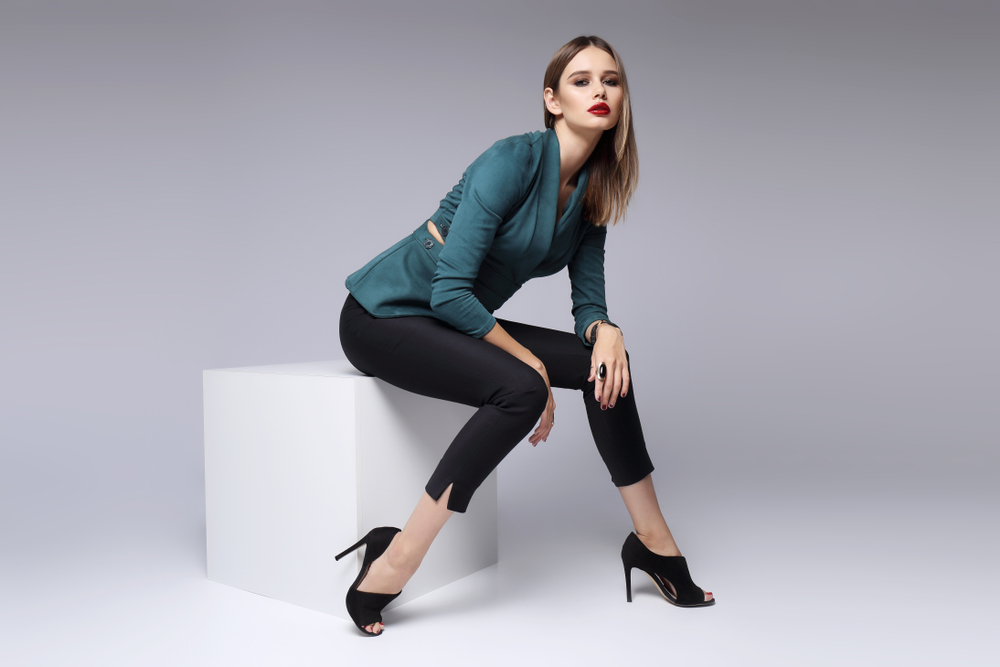
Introduction:
In the glamorous world of photography, modeling is a crucial element that often determines the success or failure of a photoshoot. Behind every stunning photograph lies the artistry, talent, and dedication of a skilled model who brings life to the image. Captivating an audience with a single glance requires more than just striking looks; it requires the mastery of the art of modeling . In this article, we will unveil some secrets that can help aspiring models elevate their photoshoots to the next level and leave a lasting impression.
The Power of Posing:
One of the fundamental skills a model should possess is the ability to pose with confidence and poise. Posing is like a brushstroke on a canvas; it allows the model to convey emotions, highlight their best features, and create a captivating composition. Practice different poses in front of a mirror to identify your most flattering angles and expressions. Experiment with body language, facial expressions, and hand gestures to add depth and dynamism to your portfolio.
Understanding Direction:
Working with a photographer requires excellent communication skills, particularly when it comes to understanding and executing the vision they have for the shoot. modelling (or modeling) is a collaborative process, where you act as a muse for the photographer. Familiarize yourself with industry jargon and pay attention to the directions given by the photographer. Bringing their vision to life will not only enhance your skills as a model but also foster a rewarding working relationship.
Expressing Emotion:
A successful photoshoot should transport the viewer into a world filled with emotions. It is the model's responsibility to interpret the desired emotion accurately, be it joy, sensuality, or melancholy. To convey these emotions effectively, immerse yourself in the concept behind the shoot. Visualize stories, scenarios, or experiences that evoke the desired emotion, and allow those emotions to radiate from within. Authenticity is key; the camera can sense genuine emotions and translate them into powerful imagery.
Mastering Body Language:
modelling goes beyond striking poses. It requires an understanding of body language, which can communicate volumes without uttering a single word. Be aware of your posture, balance, and movement. Whether it's a casual stroll or a dramatic stance, every movement should be deliberate and purposeful. Pay attention to the positioning of your limbs, the arch in your back, and the alignment of your body. A mastery of body language will help you create visually captivating and engaging photographs.
Utilizing Props and Wardrobe:
Props and wardrobe can transform a photoshoot from ordinary to extraordinary. They serve as tools to enhance the narrative and add depth to the images. Embrace the props and wardrobe provided, and incorporate them seamlessly into your poses. Whether it's a hat, a chair, or an accessory, make them an integral part of the composition. Use your creativity to explore different ways to interact with these elements and let them enhance your modeling (by models) skills.
Frequently Asked Questions:
Q1: How can I build my modeling portfolio?A1: To build a modeling (or modelling) portfolio, start by collaborating with professional photographers, makeup artists, and stylists. Attend castings and be open to working with local designers or boutiques. Sharing your portfolio on social media platforms and attending industry events can also help increase your visibility.
Q2: What should I wear to a photoshoot?
A2: It is advised to bring a range of outfits for a photoshoot, including simple and versatile options. Consider the theme and concept of the shoot and select outfits that accentuate your best features while complementing the overall aesthetic. Avoid busy patterns or logos that may distract from the main subject – you.
Q3: How do I find a reputable modeling agency?
A3: Research various modeling agencies, their reputation, and the type of models they specialize in representing. Look for agencies in your area and check if they have an open call or accept submissions online. Attend industry events and network to meet agents and establish connections. Remember to always do thorough research and verify the agency's legitimacy before signing any contracts.
Q4: Can modeling be a full-time career?
A4: Yes, modeling can be a full-time career for those who are dedicated, persistent, and willing to put in the effort. Many successful models have transitioned from part-time to full-time work by consistently building their portfolio, networking, and securing contracts with reputable clients.
Q5: How can I cope with rejection in the modeling industry?
A5: Rejection is a common occurrence in the modeling industry. It's important to remember that rejection does not define your worth as a model. Keep a positive mindset and use rejection as an opportunity to grow and improve. Stay persistent, continue to refine your skills, and learn from each experience. Success in modeling often requires resilience and perseverance.
Conclusion:
Becoming an exceptional model involves more than just photogenic features. It requires diligence, dedication, and the cultivation of various skills. By mastering the art of posing, understanding direction, expressing emotions, incorporating body language, and utilizing props and wardrobe, models can create stunning photoshoots that leave a lasting impression. Remember, modeling is an art form, and with practice, patience, and the right mindset, anyone can become a stellar model.
Other useful resources
- https://en.wikipedia.org/wiki/Modeling_agency
- https://blog.planetmodelphoto.com
- https://www.planetmodelphoto.com/models/modeling/usa/wilmington/nc-north-carolina
Set the number of columns in the parameters of this section. Make your own website in a few clicks!